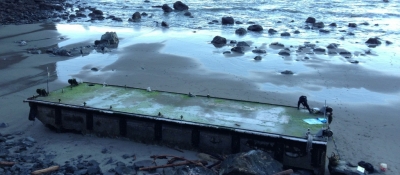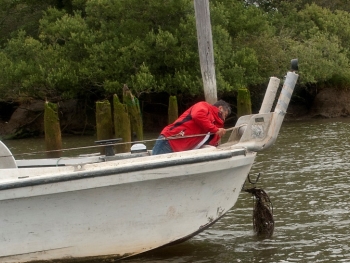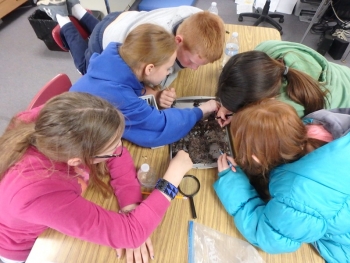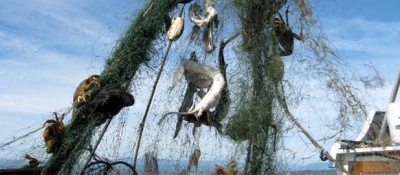The NOAA Marine Debris Program offers several nationwide, competitive funding opportunities for marine debris projects. These include: marine debris removal grants; prevention through education and outreach grants; and research grants. Learn more about these opportunities.
Pacific Northwest
The Pacific Northwest region spans Oregon and Washington, with a combined tidal shoreline of 4,436 miles. Commercial and recreational fishing along the outer coast, in rivers, and inland waters results in lost fishing gear, which often requires removal by professionals fishers and divers. Most marine debris washing up along the sparsely populated coast of the Pacific Northwest comes from all across the Pacific Rim, a testimony to the global nature of the marine debris problem. It is volunteer effort that removes most of this marine debris. Marine debris removal is difficult in remote and largely inaccessible coastal areas in the region, especially in the fall and winter when storms bring more debris on the beaches, yet make removal much more challenging.
Current Projects

Reports and Materials
Hot Topics
- NOAA Marine Debris Program partner Washed Ashore gave a webinar on February 28th on their efforts to educate about marine debris through art. Check out the recording of the webinar.
- The Northwest Straits Foundation, with support from the NOAA Marine Debris Program, created five short videos to educate crabbers. The videos go over topics like setting your crab pots so they don't get lost and adding weight to your pots. Check them out!
- The Northwest Straits Initiative’s 10 year effort to remove derelict fishing nets from the Puget Sound will soon be complete. Read more about the project.
- To learn more about Japan tsunami marine debris in this region, visit our webpage. You can also find information on Oregon Parks and Recreation Department's website and Washington Department of Ecology's website.
Image Gallery
OSU: Responding to the Risks of Marine Debris: Derelict Fishing Gear
Video
Regional Coordinator
Nir Barnea
Nir.Barnea@noaa.gov
FAQs
Tsunami debris began arriving on U.S. shores in the winter of 2011-2012 and has continued washing ashore in a scattered fashion ever since, mixing in with chronic marine debris. This pattern will likely continue. Beachgoers may notice an increase in debris on beaches, in addition to marine debris that normally washes up, depending on where ocean currents carry it.







